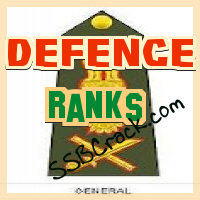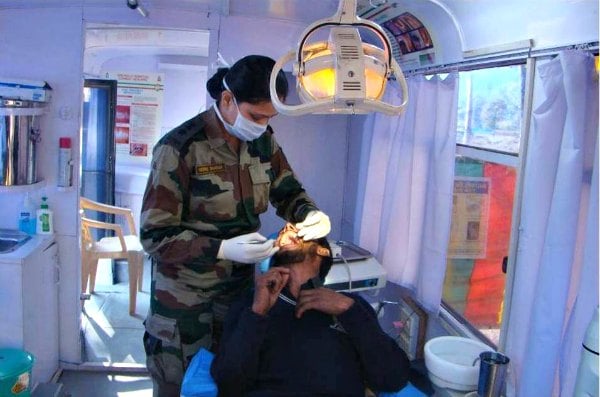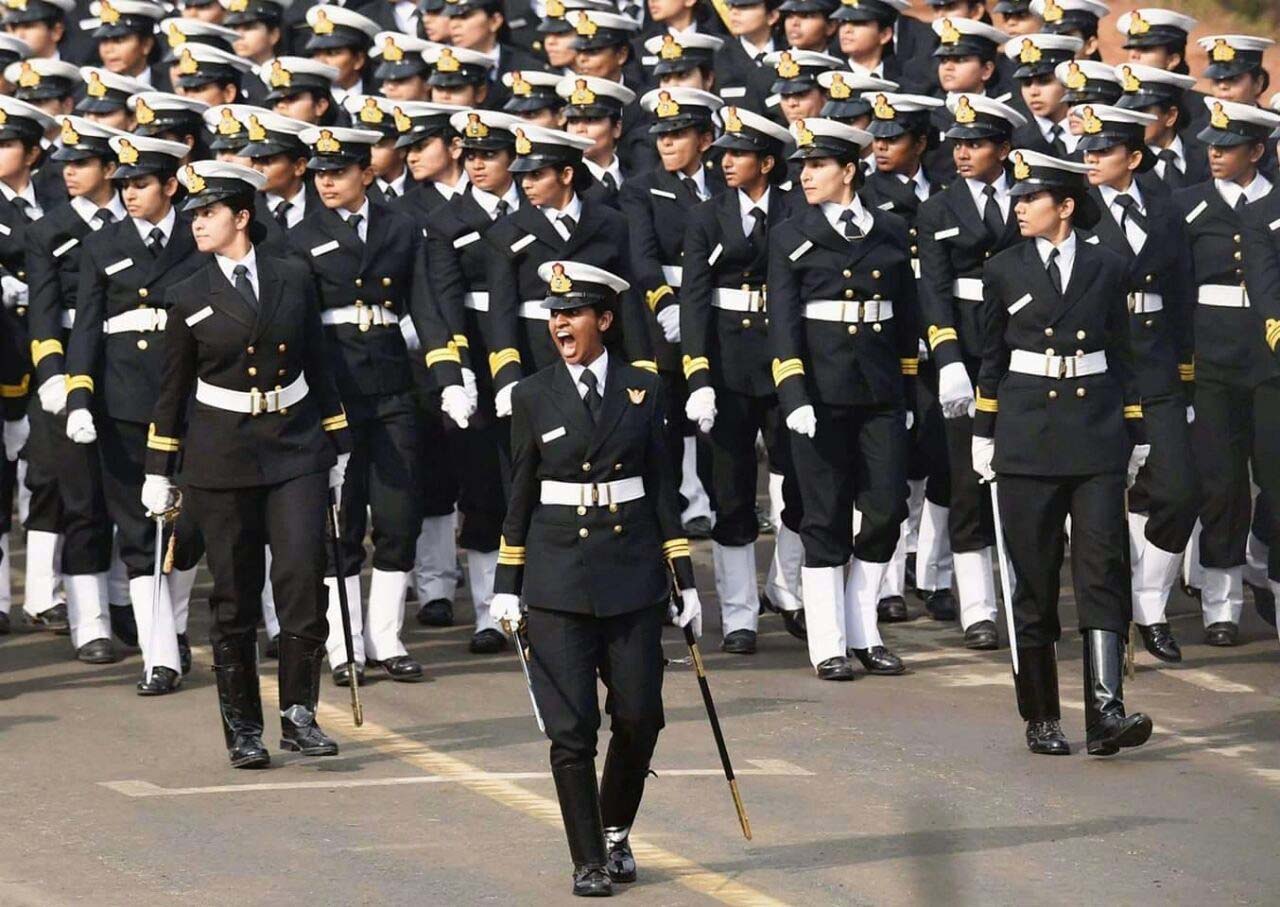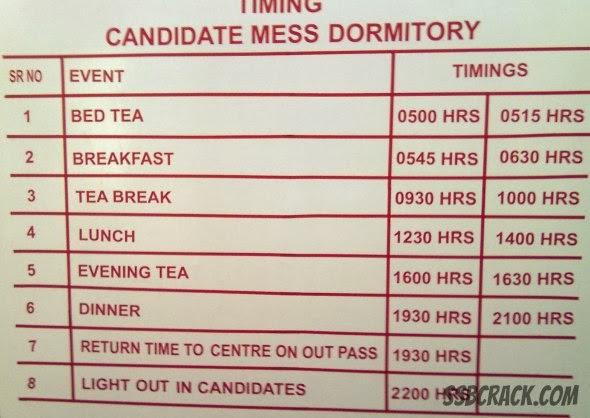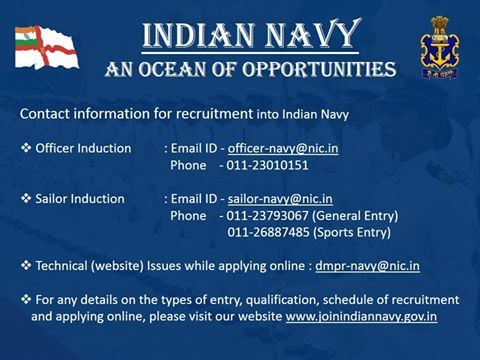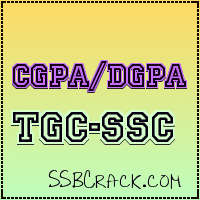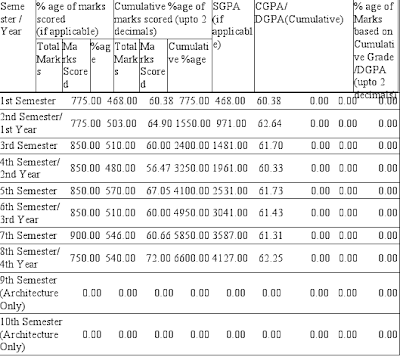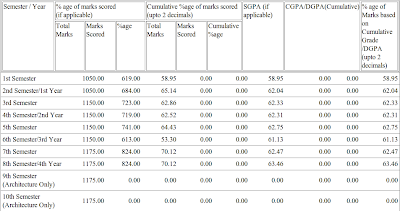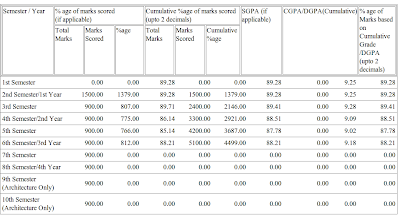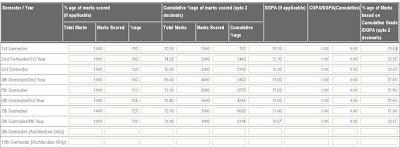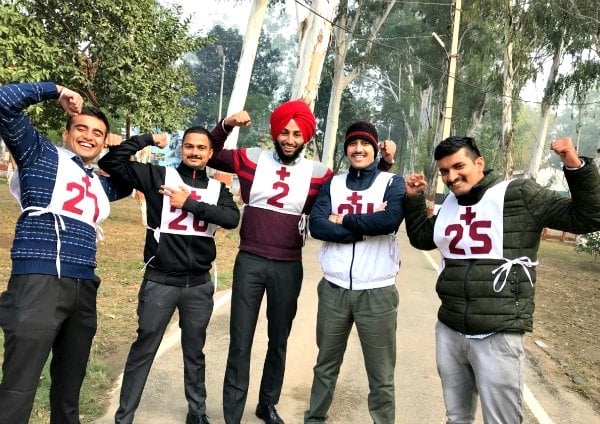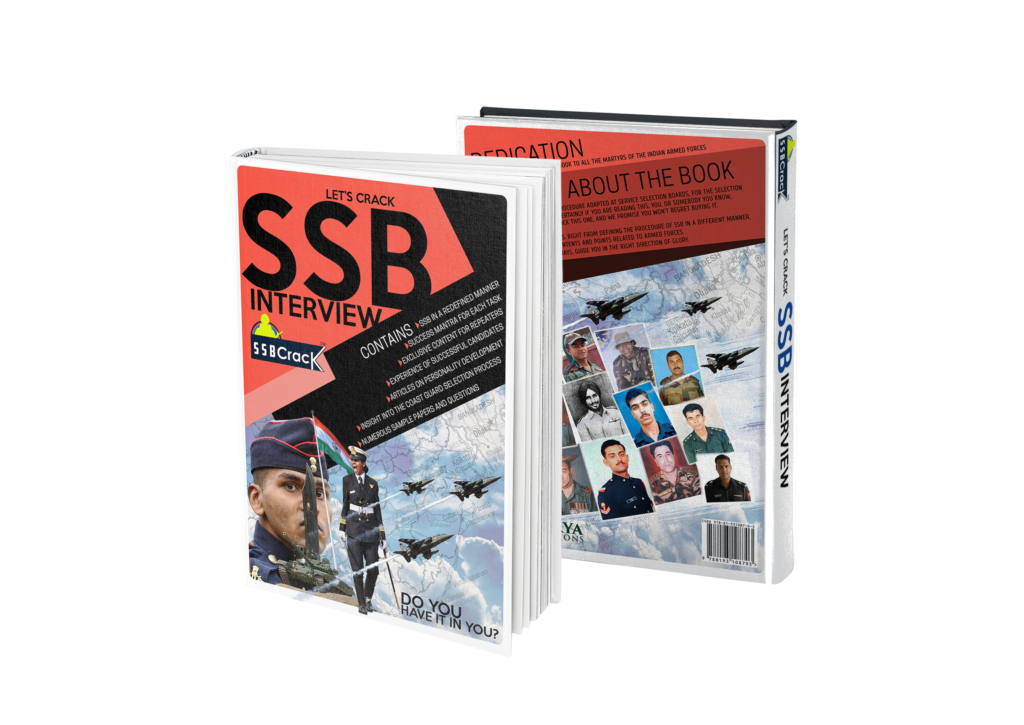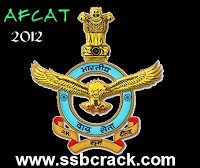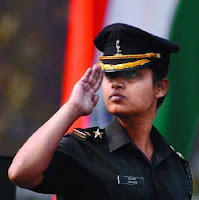Eligibility: BE/B.Tech
Note:Candidates not qualified or appearing in final exam are not eligible to i.e Final year Students.
Last Date: 1 April 12
Technical Branches of the Indian Navy for Dec 2012 Course at Indian Naval Academy (INA) Ezhimala, Kerala
| Sl. No. | Branch/Specialisation | Eligible streams of BE/B. Tech. |
| Technical Branch (General Service) | ||
| (a) | Engineering (E) Branch | (i) Mechanical (ii) Marine (iii) Automotive (iv) Mechtronics (v) Industrial & Production (vi) Metallurgy (vii) Aeronautical /Aerospace |
| (b) | Electrical (L) Branch | (i) Electrical (ii) Electronics (iii) Tele Communication (iv) Instrumentation (v) Instrumentation and Control (vi) Electronics and Instrumentation (vii) Electronics and Communication (viii) Power Engineering (ix) Control System Engineering (x) Power Electronics (xi) Computer Science Engg. |
|
Submarine Specialisation
|
||
| (c) | Engineering Branch | Mechanical |
|
(d)
|
Electrical Branch |
‘Electrical’ or ‘Electronics’ or ‘Control’ or ‘Telecommunication’ or Instrumentation
|
|
Executive (GS) Branch
|
||
| (e) | Executive (GS) Cadre | (BE/B. Tech (Any discipline) |
| Sl. No. | Branch/Specialisation | Eye Sight | |
| without glasses | with glasses | ||
| 1. | Technical (‘E’ & ‘L’) (General Service) | 6/24 | 6/6 |
| 2. | Technical Submarine Specialisation (‘E’ & ‘L’) | 6/24 | 6/6 |
| 3. | Executive (GS) | 6/12 | 6/6 |
| Sl. No. | Entry (Branch/Cadre) | Age | Born between (both dates inclusive) |
| (i) | Technical (General Service) | 19½ to 25 years | 02 Jan 1988 to 01 Jul 1993 |
| (ii) | Submarine Specialisation (‘E’ & ‘L’) | 19½ to 25 years | 02 Jan 1988 to01 Jul 1993 |
| (iii) | Executive (GS) | 19½ to 25 years | 02 Jan 1988 to 01 Jul 1993 |
| Date of commencement of receipt of Online e-application) | 09 Mar 12 |
| Last date of registration of Online (e-application) | 01 Apr 12 |
| Last date of receipt of printed copy of the Physical Application at Naval Headquarters | 10 Apr 12 |

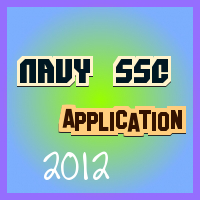
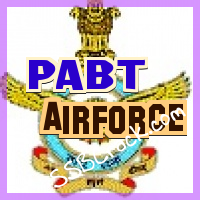
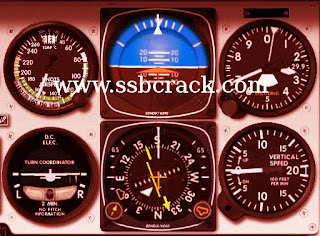
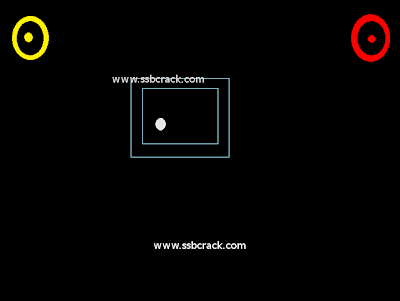
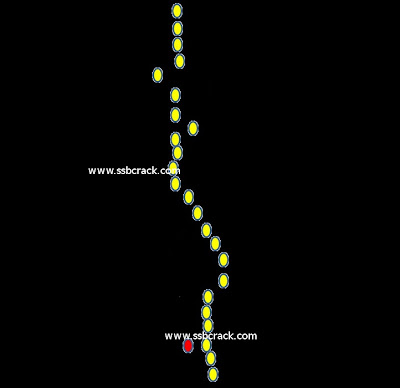
.png) About SSBCrack Editorial Team
About SSBCrack Editorial Team